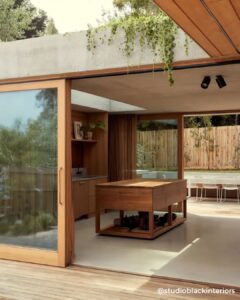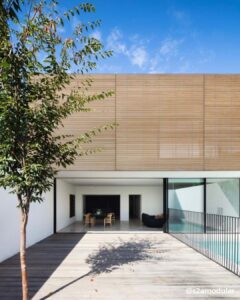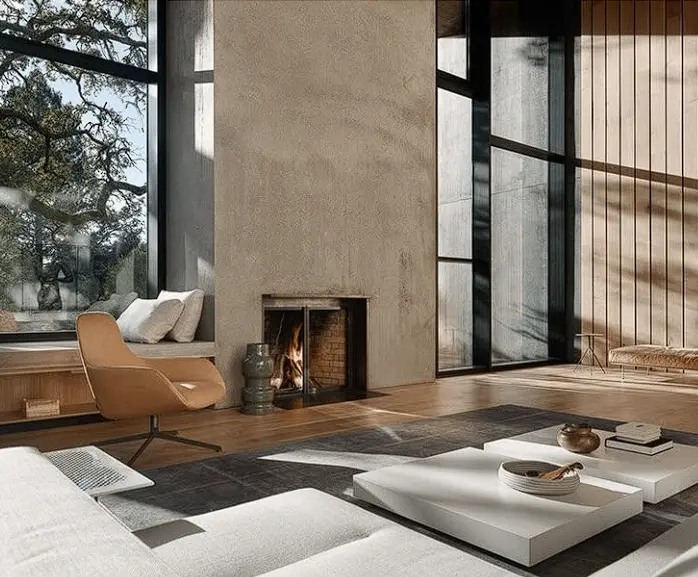As awareness grows around climate change and environmental impact, the architectural community has a crucial role to play in creating spaces that are not only beautiful but also sustainable. At Spring Architecture and Design, we believe that each project should respect the environment and contribute positively to the well-being of the people who inhabit the space. Here’s how a sustainable approach to architecture can make a profound difference.
The Importance of Sustainable Architecture
Sustainable architecture focuses on minimizing the environmental footprint of a building by considering every aspect—from material selection to energy efficiency and even landscaping. The goal is to create structures that reduce energy use, conserve water, and use resources more efficiently while enhancing comfort and functionality. Not only does this help reduce environmental impact, but it also creates healthier spaces for people to live, work, and play.

Key Principles of Sustainable Design
1. Energy Efficiency
One of the most impactful ways to make buildings more sustainable is by improving their energy efficiency. This involves using natural light strategically, improving insulation, and incorporating energy-efficient systems. Solar panels and energy storage solutions can also play a huge role in reducing reliance on non-renewable energy sources.
2. Material Selection
Choosing eco-friendly, durable materials is essential for sustainability. Whenever possible, we prioritize locally-sourced, renewable materials like reclaimed wood, recycled metal, and zero-VOC paints. These materials not only reduce waste but also minimize transportation emissions.

3. Water Conservation
With water resources under increasing pressure, integrating systems that conserve and manage water wisely is vital. Features like rainwater harvesting, low-flow plumbing fixtures, and drought-tolerant landscaping can help significantly reduce water consumption in residential and commercial buildings.
4. Green Spaces
The integration of green spaces, such as rooftop gardens or native landscaping, improves biodiversity and supports the local ecosystem. These features not only look beautiful but can also improve air quality, support wildlife, and provide a calming natural element to urban areas.

Our Commitment to Sustainable Design
At Spring Architecture and Design, sustainability is more than a design choice—it’s a responsibility. Each project we undertake is thoughtfully planned to support a sustainable future, from using green construction practices to implementing eco-conscious finishes. By prioritizing sustainability, we’re able to create spaces that serve the community and the planet for generations to come.
Looking Ahead
As we continue this series, we’ll dive deeper into each of these sustainable design principles and share insights into how these concepts can transform not only individual buildings but entire communities. Stay tuned for next week’s post on eco-friendly materials and how to choose sustainable finishes for your home!




